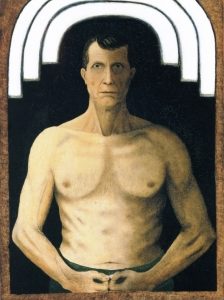
1860 - 1934
John Kane
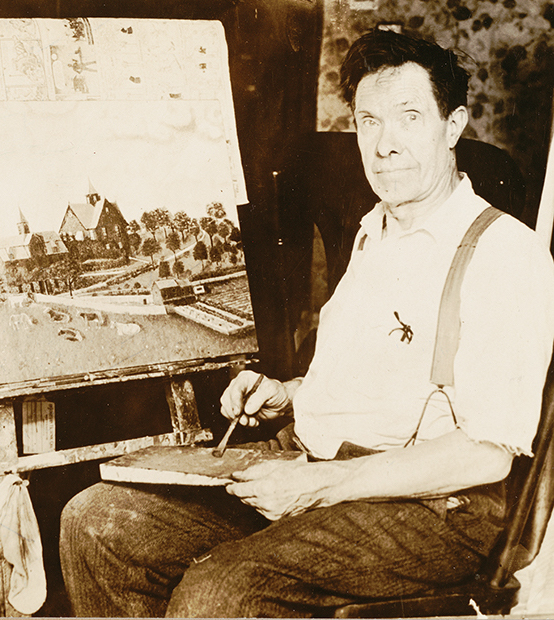
description
An American self-taught artist of Irish descent.
He became the first representative of the naive art (the American analogue of the style name is “the art of outsiders”), recognized by the artistic elite of America during his lifetime, and later became known around the world. Kane entered the history of world art with a powerful impact on the viewer with a self-portrait and his landscape paintings of industrial Pittsburgh. The works of the artist belong to several major museums of America (for example, the Metropolitan, New York). The appreciation of his work by professional artists played a special role in the development of American painting and paved the way for the recognition of other self-taught people.
Key ideas:
– John Kane developed his own unique technique, drawing landscapes and scenes on the walls of the carriages during the lunch break. Then the worker who colored carriages gave them a particular color, so the paintings disappeared forever. There were only three colors at his disposal; he learned to obtain shades that exist under the sun by adding black or white paint. Becoming so wealthy that he could buy professional paints, he remained dedicated to his technology and did not use the standard color palette till the end of his life.
– Convinced that “God finds a way to help all those who create works of art”, he found a way to reveal his talent, painting photographs of poor citizens for money. Reminiscing that experience, Kane later created picturesque “portraits” of houses to sell them to citizens. Depicting stone buildings and churches, he carefully painted each brick; creating landscapes, he depicted real green hills of Pennsylvania. When asked why he captured Pittsburgh in the pictures, the city that was unattractive at that time, the artist answered: “I built its factories, plants, paved its streets, smelted its steel, painted its houses. Why should I not draw it? This is my city”.
– The canvas “Panther Hollow, Pittsburgh” is indicative in this regard: it draws the eye, awakens the imagination, because the viewer can feel the enthusiasm experienced by the artist at the age of 70, when he was able to quit hard work and enjoy his favourite activity. Kane admired the beauty of the environment and managed to see the smallest details – stones of cobblestone pavement, railway tracks and cows grazing on a green meadow. This work, according to art historians, is incredible because of its directness and sincerity in understanding the industrial landscape. J. Kane himself expressed it with the words: “Beauty is love in reflection, as truth is love in thoughts. Art unites them”.
– The most famous work of Kane is considered his self-portrait created in 1929. On the background of the high vault of the Byzantine arch, the image of a stately man keeping his hands as if showing a gesture of humility emerges. The main attraction of the picture is the eyes that look at the world with the conviction of a person who is confident in his vocation.
1860
1879
1891
1897
1904
1910
1925 - 1926
1927
1929
1931
1934
The birth of the artist
He followed his stepfather and brother to America
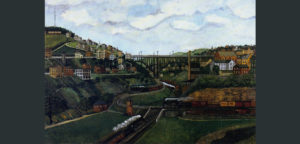
He lost a part of his left leg below the knee
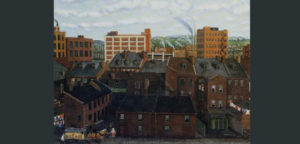
He married Maggie Halloran
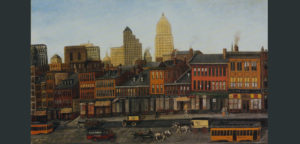
The death of a long-awaited newborn son
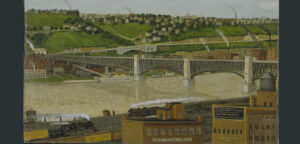
He started to create picturesque paintings on boards
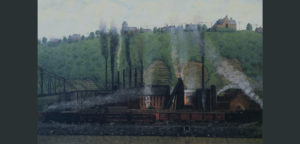
Jury rejected him every time
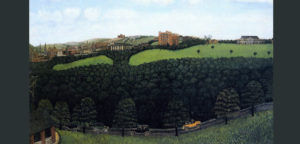
“Scene from life in the highlands of Scotland”
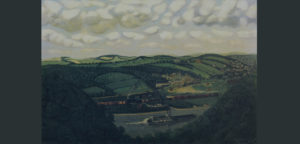
“Self-portrait with a naked torso”
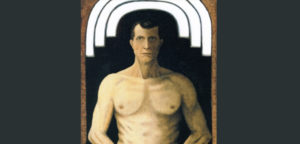
His first and only lifetime personal exhibition took place in New York
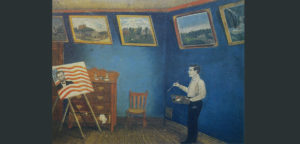
The death of the artist

In 1936, the first personal exhibition of the artist abroad was held in London.
